Brain stimulation treatments for depression
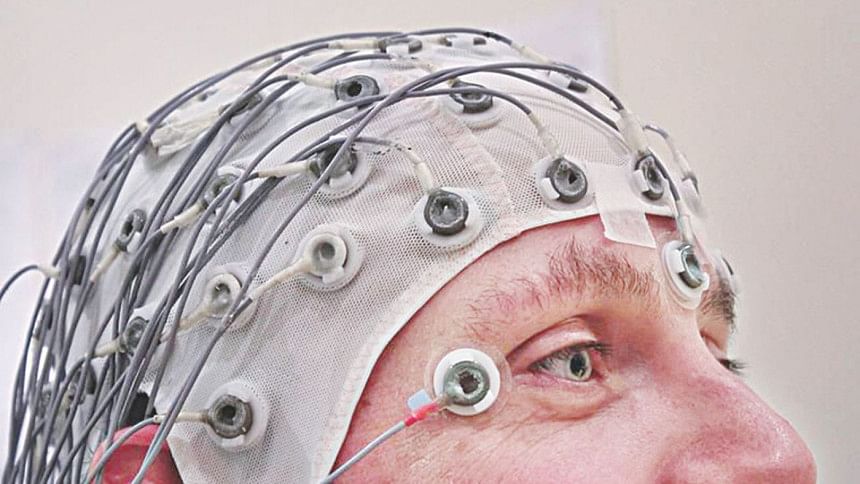
The growing use of repetitive transcranial magnetic stimulation (rTMS) has increased the visibility and acceptability of nonsurgical brain stimulation approaches to depression treatment. Covering multiple variants of rTMS, several techniques for administering electroconvulsive therapy (ECT), and new approaches such as magnetic seizure therapy and transcranial direct current stimulation (tDCS), this network metanalysis using both direct and indirect comparisons of treatments is timely and clinically important.
The analysis covered 113 trials involving 6,750 patients and 18 treatments and showed, in sham-treatment comparisons, greatest efficacy for bitemporal and high-dose right unilateral ECT, followed by priming rTMS, magnetic seizure therapy, bilateral rTMS, bilateral theta burst stimulation, low-frequency right rTMS, intermittent theta burst stimulation, high-frequency left rTMS, and tDCS.
In comparisons with other active treatments, bitemporal ECT was the most effective of all modalities, followed by high-dose right unilateral ECT. Evidence was thought to be too limited for current adoption of some novel and understudied therapies (e.g., priming and theta burst rTMS).

 For all latest news, follow The Daily Star's Google News channel.
For all latest news, follow The Daily Star's Google News channel. 

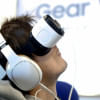
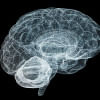
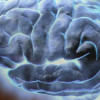



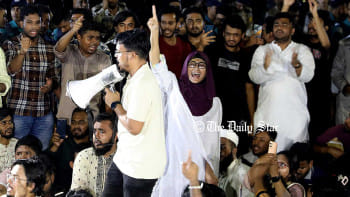
Comments